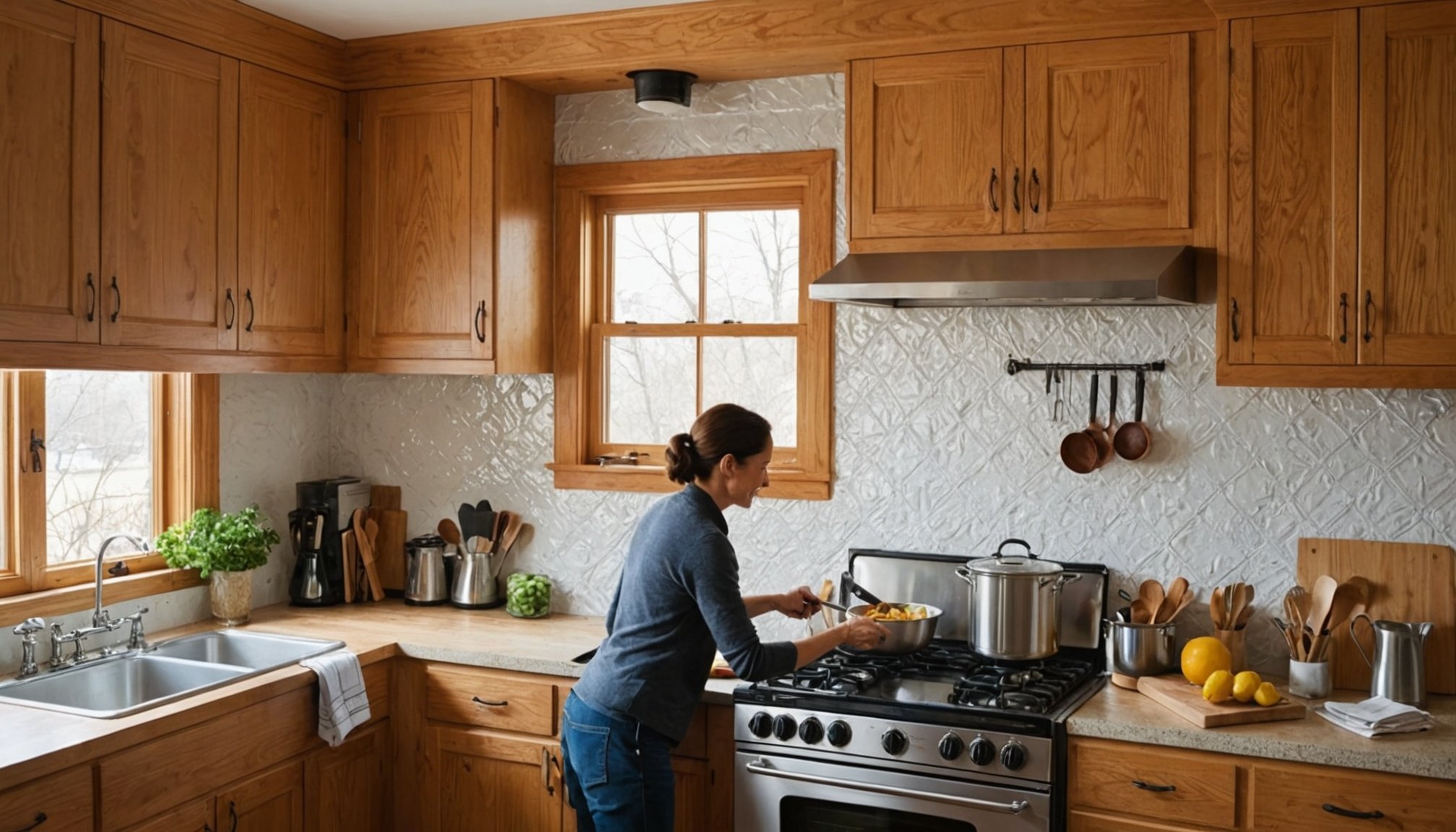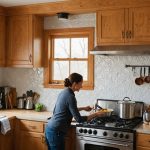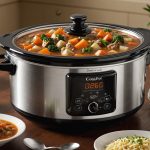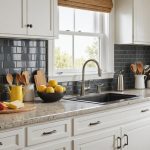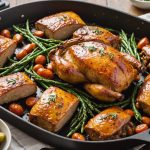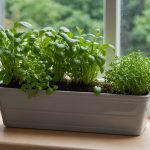Ultimate Guide to Kitchen Wall Insulation: Boost Comfort and Minimize Cooking Time
When it comes to making your kitchen a comfortable and energy-efficient space, one of the most crucial aspects to consider is wall insulation. Proper insulation can significantly reduce heat loss, lower your energy bills, and even make your cooking time more efficient. Here’s a comprehensive guide to help you understand the importance of kitchen wall insulation and how to go about it.
Why Insulate Your Kitchen Walls?
Insulating your kitchen walls is more than just a cosmetic upgrade; it has several practical benefits that can enhance your overall living experience.
Have you seen this : Discover the ideal slow cooker for creating flavorful low-calorie soups and stews!
Energy Efficiency
Insulation helps in reducing heat loss during the winter and heat gain during the summer. This means your central heating system doesn’t have to work as hard, leading to lower energy consumption and reduced energy bills. As Thomas M., an expert in thermal insulation, notes, “La qualité du diagnostic initial est primordiale. Une analyse approfondie de votre bâti par un professionnel qualifié permet d’identifier la forme la plus adaptée à vos besoins”[3].
Comfort
A well-insulated kitchen maintains a consistent temperature, making it a more comfortable space to cook and spend time in. This is particularly important in kitchens, where heat from cooking can quickly escape if the walls are not properly insulated.
Topic to read : Uncover the top anti-fatigue flooring solutions for a cozy cooking experience in your small kitchen
Soundproofing
Insulation materials like mineral wool are also effective at absorbing sound, reducing external noise and creating a quieter kitchen environment[2].
Types of Wall Insulation
There are several types of insulation materials and methods that you can use for your kitchen walls, each with its own set of advantages and considerations.
Mineral Wool
Mineral wool, also known as rock wool or glass wool, is one of the most common insulation materials. Here are some key points about mineral wool:
- Thermal Insulation: Excellent at reducing heat loss and enhancing energy efficiency.
- Soundproofing: Effective at absorbing sound, reducing external noise.
- Fire-resistant: Naturally fire-resistant, providing additional safety benefits[2].
Polystyrene Beads
Polystyrene beads are tiny plastic particles blown into the cavity of the wall. Here are the advantages:
- Quick Installation: Fast and non-disruptive method of installation.
- Moisture Resistance: Resistant to water absorption, ideal for homes in damp or humid areas.
- Long-lasting Performance: Does not degrade over time[2].
Urethane (Polyurethane) Foam
Polyurethane foam is a high-performance insulating material that expands to fill the cavity.
- Superior Thermal Efficiency: High R-value, offering excellent insulation.
- Air-tight Seal: Expands to fill the cavity completely, creating an airtight seal.
- Moisture Resistance: Resistant to moisture, helping prevent the insulation from losing its effectiveness[2].
Expandable Polystyrene (EPS)
EPS is a rigid foam material that can be used as loose-fill or board form.
- Effective Thermal Insulation: Provides good thermal resistance and is cost-effective.
- Moisture-resistant: Resistant to water absorption, ensuring long-term effectiveness.
- Affordable: A budget-friendly option for cavity wall insulation[2].
How to Insulate Your Kitchen Walls
Insulating your kitchen walls involves several steps, whether you are dealing with cavity walls, solid walls, or internal and external insulation.
Cavity Wall Insulation
For cavity walls, the process typically involves:
- Assessment of Walls: A professional installer will assess the condition of your walls to check for any pre-existing issues like dampness or cracks.
- Drilling Holes: Small holes are drilled into the outer wall, typically near the top.
- Installing Insulation: The chosen insulation material (e.g., mineral wool, polystyrene beads, or urethane foam) is inserted into the cavity through these holes[2].
Solid Wall Insulation
For solid walls, you can opt for either internal or external insulation.
Internal Wall Insulation
Internal insulation involves adding insulation to the inside of your walls. Here are some steps:
- Preparing the Wall: Ensure the wall is clean and dry.
- Fixing Battens: Install battens to which the insulation panels will be attached.
- Installing Insulation: Use materials like polyurethane foam panels, which can be fixed to the battens. These panels have a low thickness of 6 to 10 cm and preserve the habitable space while achieving a high thermal resistance[3].
External Wall Insulation
External insulation involves adding insulation to the outside of your walls.
- Preparing the Wall: Ensure the wall is clean and dry.
- Fixing Insulation: Use a mechanical fixing system to secure the insulation panels to the wall. This method eliminates thermal bridges at the junctions of floors and walls[3].
Practical Considerations and Tips
When insulating your kitchen walls, there are several practical considerations and tips to keep in mind.
Moisture Management
Moisture is a significant factor to consider when insulating. Ensure that the insulation material you choose is moisture-resistant, and always check for any signs of dampness or mold before installing the insulation.
Proper Installation
Proper installation is crucial for the effectiveness of the insulation. Here are some key points to consider:
- Continuity of Insulation: Ensure that the insulation is continuous and that there are no gaps. Use high-performance adhesive tapes to seal any joints between panels[3].
- Pre-installation Checks: Conduct rigorous checks on the condition of the support (absence of humidity and mold), precise measurement of surfaces to minimize cuts, and respect the drying times of adhesives and mastics[3].
Energy Saving
Here are some tips on how to maximize energy savings through proper insulation:
- Use Energy-Efficient Materials: Choose materials with high thermal efficiency, such as polyurethane foam or mineral wool.
- Seal Gaps: Ensure that all gaps and joints are sealed to prevent heat loss.
- Combine with Other Energy-Saving Measures: Insulation works best when combined with other energy-saving measures like double-glazed windows and efficient heating systems.
Comparative Table of Insulation Materials
Here is a comparative table of some common insulation materials:
| Material | Thermal Efficiency | Soundproofing | Fire Resistance | Moisture Resistance | Cost |
|---|---|---|---|---|---|
| Mineral Wool | High | Excellent | High | Medium | Moderate |
| Polystyrene Beads | Medium | Good | Low | High | Low |
| Urethane Foam | Very High | Good | High | High | High |
| EPS | Medium | Good | Low | High | Low |
| Sheep Wool | Medium | Good | High | Medium | Moderate |
Real-Life Examples and Anecdotes
Case Study: Insulating a Kitchen in a Self-Build Home
When building a self-build home, one homeowner decided to prioritize energy efficiency by insulating the kitchen walls with polyurethane foam. The result was a kitchen that maintained a consistent temperature, reducing the need for central heating and lowering energy bills significantly.
Example: Using Sheep Wool Insulation
Sheep wool insulation, though less common, offers unique benefits such as sustainability and natural fire resistance. A homeowner who chose sheep wool for their kitchen walls noted, “The natural crimp of the wool traps air efficiently, enhancing its insulating performance. Plus, it’s biodegradable and has a lower environmental impact compared to petrochemical-based insulation materials”[4].
Insulating your kitchen walls is a smart investment that can enhance the comfort and energy efficiency of your home. By choosing the right insulation material and ensuring proper installation, you can reduce heat loss, lower your energy bills, and create a more comfortable cooking space.
Final Tips
- Consult Professionals: Always consult with professionals to determine the best insulation method and material for your specific needs.
- Plan Ahead: Consider the long-term benefits of insulation when planning your home improvements.
- Combine with Other Measures: Insulation works best when combined with other energy-saving measures.
By following these guidelines and tips, you can ensure that your kitchen is not only comfortable but also energy-efficient, saving you money and reducing your environmental footprint in the long run.

